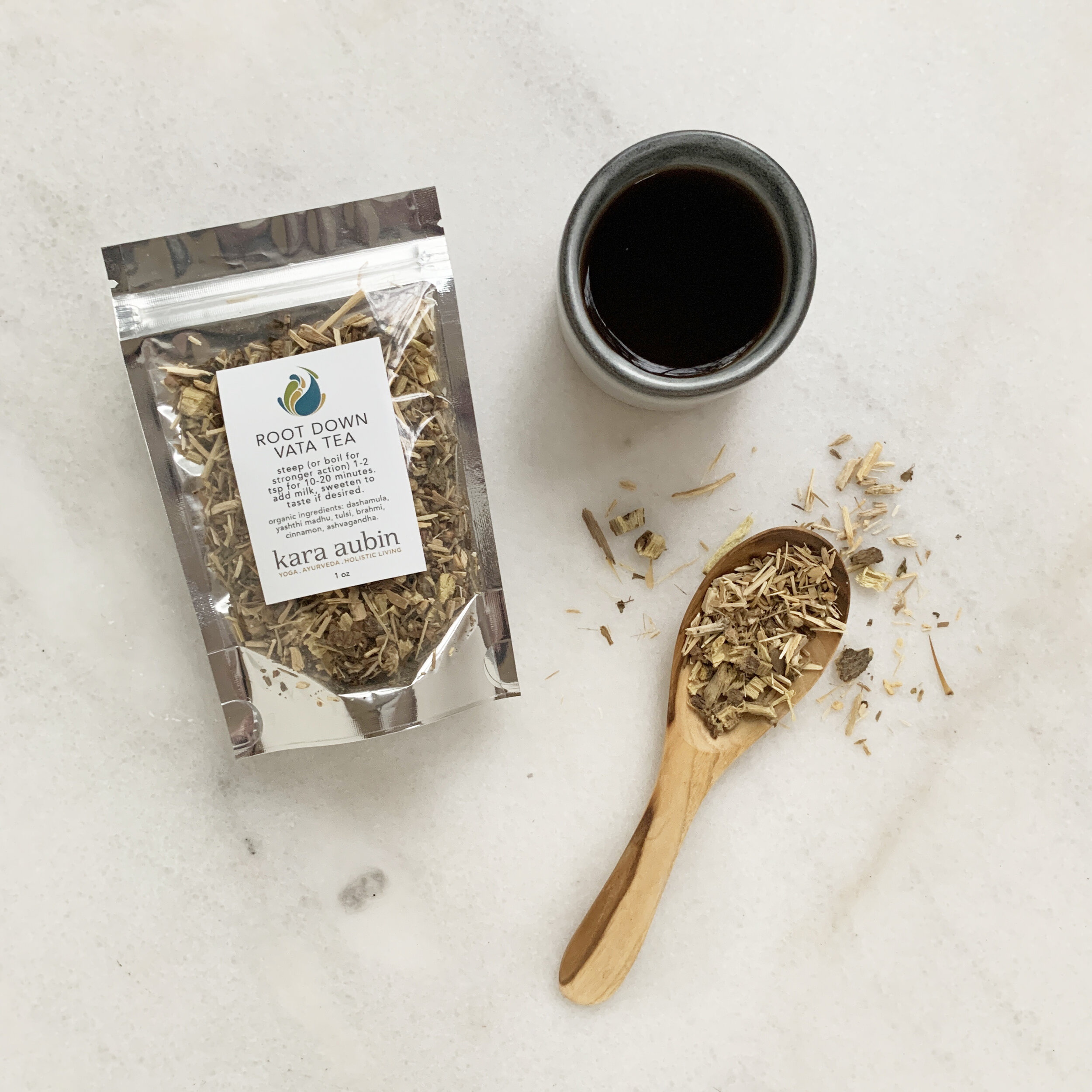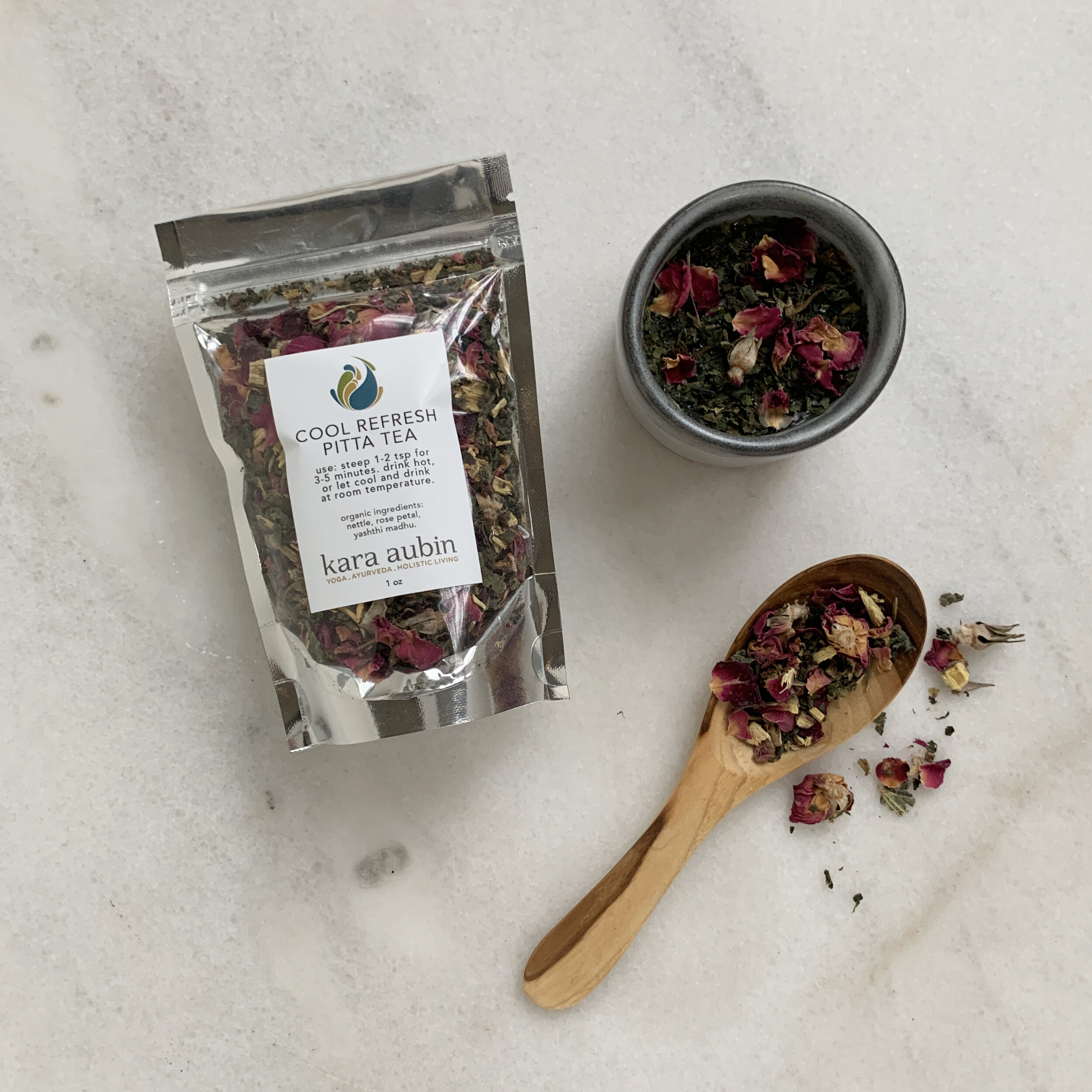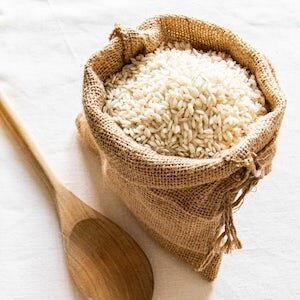understanding the dhatus: rasa dhatu
“the doshas (energy principles), dhatus (tissues), and malas (wastes) are always the roots of the body.”
what is rasa dhatu ?
Ayurveda identifies seven tissues, or dhatus, that comprise the substratum of the functional systems of the body. When we understand the form and function of these tissues we will understand what imbalances can arise in them, and how to best care for these tissues.
Rasa Dhatu, the first of the seven, is a fluid tissue that is formed as the first product of digestion and metabolism. We find overlap between Rasa Dhatu and the concepts of nutritive fluids like lymph and plasma in the western anatomical model. Ayurveda names Rasa’s qualities as white in color, unctuous, and slow moving.
Rasa’s primary function in the body is prinana; it satiates. This fluid ferries nutrition to other tissues and functional systems, and carries wastes away. In this process we also see Rasa playing a role in sustaining life, lubricating tissues, nourishing, providing a sense of contentment, and providing the precursors of the next tissue, Rakta Dhatu, red blood, to be formed.
what do imbalances of rasa look like?
Each tissue can be produced in excess, or be deficient in each individual organism. A set of symptoms arises from each imbalance.
Where a body has excessive Rasa Dhatu, which is Kapha-genic in nature, we will experience a set of Kapha-like symptoms:
heaviness
a sense of lethargy and fatigue
lack of appetite and wrong cravings
cough and breathlessness
feverishness - especially after food
generalized body aches
weak digestion
obesity amongst others
This excess of Rasa Dhatu will be caused by Kapha increasing inputs, which we’ll explore more deeply below.
Conversely we can have too little of the nourishing fluid of Rasa. This creates symptoms like:
emaciation
tiredness and weakness (this time from depletion)
thirst and dryness
feeling spacey
tremors or chest pain
experiencing sensitivity to sound
The causes of depleted Rasa Dhatu are Vata and Pitta-genic. Their qualities are depleting to Kapha and Kapha-like tissues.
what imbalances rasa dhatu?
As Rasa is the first tissue to emerge from the digestive process, we’ll see many of the causes of Rasa imbalance arise from food. Causes like:
imbalanced agni
eating at the wrong time
taking too much food
eating unwholesome food
food that is heavy, cold, or oily
excessing thinking / stress
how to support rasa?
While they symptoms of Rasa imbalance are troublesome themselves, its also important to remember that they are the precursors for more advanced disease processes. So, we want to recognize them as they arise, and turn to our Ayurvedic practices to properly nourish and balance each tissue.
There are a few practices that are general to Rasa care, no matter which end of the spectrum you’ve identified your imbalance on.
If you need to lighten the load on Rasa Dhatu, you can use these specific Kapha and Rasa pacifying practices
substitute Kapha pacifying grains like Barley for wheat, rice, and oats
make sure food and beverages are taken warm
add adequate spice to foods (garlic, onion, ginger, and turmeric are especially supportive)
get regular, adequate (regularity beats quantity here) movement and exercise in
make a cup of tea with tulsi like Ayur-Herbal Chai, or Kapha pacifying Bright Fire Tea
If depletion and dryness of Rasa Dhatu is what you struggle with, then these Vata and Pitta pacifying practices are your medicine.
adequate hydration (~60oz) including warm water, rice water, coconut water, and boiled spiced milk.
taking enough healthy fats in your diet, like Cultured Ghee
focus on hydrating foods like soups, stews, dal, and kitchari
nourishing rejuvenatives like Chyawanprash (once your agni is strong enough to digest them)
why it matters?
The good news of tending Rasa Dhatu is, all other tissue nourishment comes from Rasa Dhatu. So when we get nourishment right on this level, we have the opportunity to nourish all other tissues well. And a well nourished and balanced tissue is literally the stuff a well-nourished and balanced body is made of.
In the coming months we will be exploring each of the remaining six dhatus:
Rakta (red blood)
Mamsa (muscle tissue)
Meda (adipose tissue)
Asthi (bone tissue)
Majja (nerve tissue)
Shukra/Artava (reproductive tissue)
We will dive deep into best practices for supporting and nourishing each of them. Up next, Rakta dhatu.
related products
related posts
loved what you learned? feeling inspired? share this article with someone who would benefit!
you can also share via the social icons below.


















